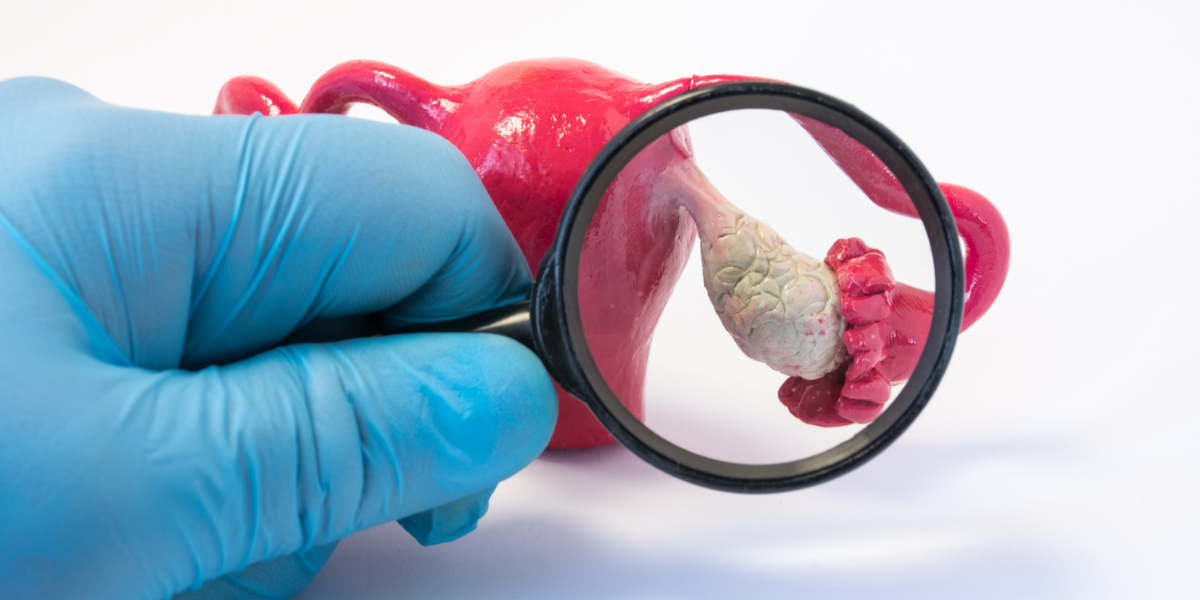Poor Ovarian Reserve Treatment

What is Poor Ovarian Reserve?
Poor Ovarian Reserve (POR) refers to a condition where a woman's ovaries lose their normal reproductive potential, which can lead to infertility. This condition typically involves a reduced quantity and quality of eggs, making it challenging for women to conceive naturally. Overcome poor ovarian reserve with expert diagnosis and treatment by Dr. Chaitali Adkar at Dr. Adkar’s Fertility Centre, Ravet, Pune. Compassionate fertility care tailored to your needs.
Symptoms and Diagnosis
Irregular Cycles
Changes in menstrual cycle length and regularity
Early Menopause
Symptoms similar to menopause at an earlier age
Conception Difficulties
Challenges in achieving natural pregnancy
Diagnostic Tests
Hormonal tests and ultrasound assessments
Causes of Poor Ovarian Reserve
Age
Natural decline in ovarian function as women age
Genetic Factors
Genetic conditions affecting ovarian reserve
Medical Treatments
Impact of chemotherapy, radiation, and surgeries
Lifestyle Factors
Effects of smoking, stress, and poor diet

